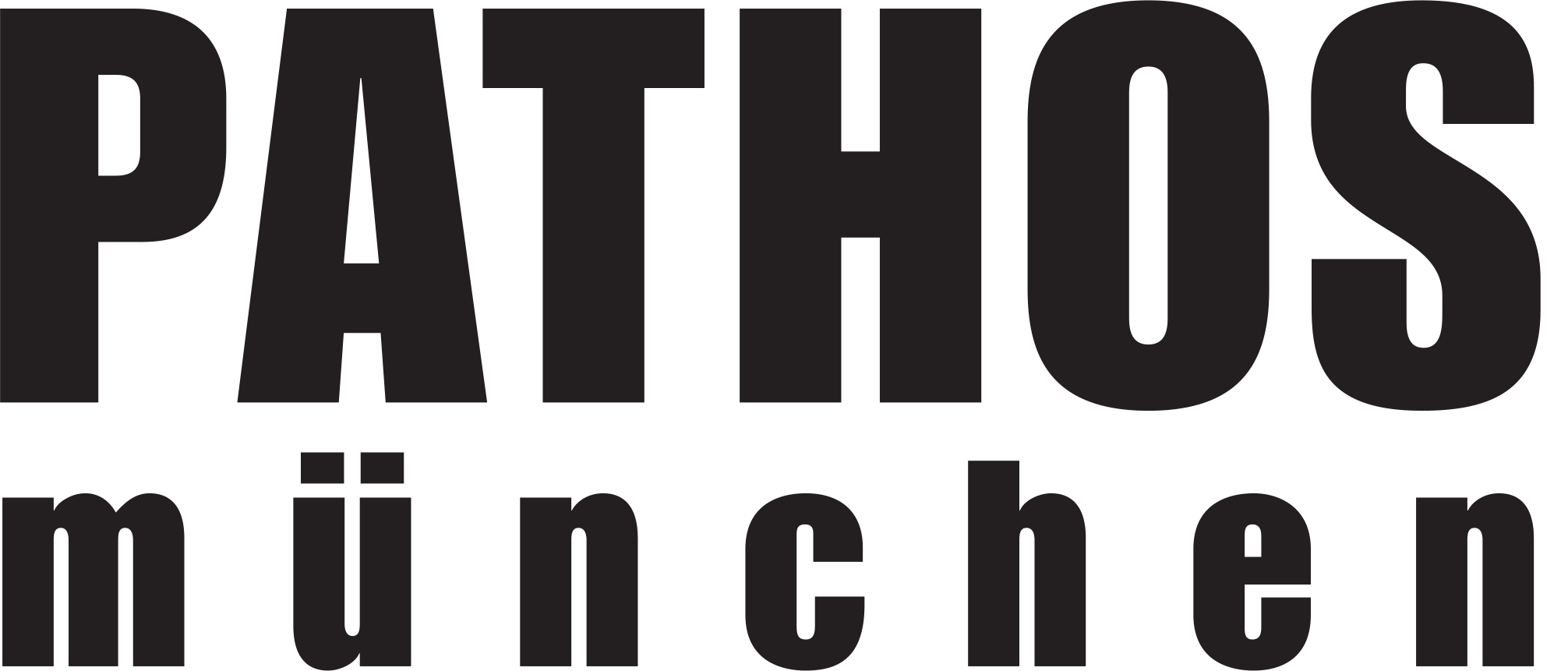The Chorus
Workshop Two
Monday 6 July 2020, 6.30-8pm
Aims of the session
- Build on idea of co-creation and collaborative voice
- Explore themes of Beneath the City in the context of Summer 2020
- Establish the themes and ideas we want to explore over the coming weeks
- Identify if there are any other people we want to bring into the team
- Last week we looked at some ideas around how we might present the work – all those different forms
- This week we want to look more at the why of our audio project
Task Two: Audio Self-Portrait
In the first week, the ‘Audio Inspirations’ task was all about things that you, personally, found inspiring and interesting. It was really great to hear the excitement from everyone about things that they loved. The French novelist Gustave Flaubert is supposed to have written that ‘God is in the details’ – in other words, that the really interesting things in any art form come through the addition of specific detail. Listening to you all talk about things that you found inspiring, that sense of detail was really there, so well done! This week, we’ll build on that sense of detail, but this time, with a different subject: you. You’re going to make a short piece of audio describing yourself in your own words, as if it was a radio broadcast to someone who’ll never be able to see you – maybe they’re in another country, or on a distant planet, or not able to see with their eyes. You’re also going to record some sounds that feel personal to you, to help the listener understand you better.
Part One: Describing Yourself
What you’ll need:
- Your recording device
- Somewhere to be on your own
- A mirror (or you can use the video camera on your phone/computer if that’s easier).
- A stopwatch, watch, or timer on your phone.
What to do:
- Go somewhere quiet where you don’t think you’ll be disturbed – a bedroom or bathroom may be best.
- If it’s possible, try to reduce any outside noise.
- Start a timer for three minutes.
- Turn on your recording device and start recording.
- Look at yourself in the mirror (or camera). Breathe deeply and evenly, and give yourself a few seconds before you speak.
- Speak into the microphone, keep looking at your face, and describe what you see, out loud.
- Try to keep speaking throughout the three minutes, but stay relaxed and breathe evenly.
- Feel free to say whatever you want, but it often helps to focus on the physical details – think about being as descriptive as possible, think about that imaginary listener who’ll never see your face.
- You might find yourself saying things about how you feel about what you see, or telling the listener bits of your life story. That can be a great way of sharing ideas about yourself, but it’s not essential to the exercise – don’t do it if you don’t want to.
- You might find yourself comparing yourself to other people – for example, I might say that my eyes remind me of my mother, or that my hairline is like my dad’s. Again, that’s great, but it’s also great to be as simple and descriptive as possible.
- Above all, keep engaged with the exercise, and allow yourself to be free, open and spontaneous.
- When the timer runs out, stop the recording.
- Have a break for a few minutes, then listen back to the recording. If you’re happy with it, send it to Tom. If you’re not happy with it, record it again!
Part Two: Your Sound World
What You’ll Need
Your recording device
What to do:
- This is about identifying sounds and spaces that have a particular meaning for you. For this part, you don’t have to speak – it’s about finding ‘ambient’ sounds out in the world.
- Given lockdown and social distancing, you’ll probably need to record these in or around your home, and that’s totally fine! Think of these as creative nudges to get your juices flowing.
- So, take your recording device and record up to one minute of each of these:
1. A sound that makes you feel happy
2. The sound of somewhere you feel safe
3. A sound that makes you feel excited
4. The sounds outside your window
5. A sound that you think might represent you! - Imagine that you’re recording these sounds for someone who will never see them. You don’t need to explain them (remember, you’re not speaking during this exercise at all), but you want to capture the sound the best you possibly can.
- You might need to experiment with these a few times to get the exact sound you want.
- It can be helpful to wear headphones while you’re doing this exercise so that you can listen to what you’re recording.
- Be safety conscious, especially if you’re wearing headphones! Especially if you’re outside, don’t focus too much on what you’re hearing that you forget about what’s around you.
- Once you’ve recorded each of these, send them to Tom. It’s helpful if you include your name and which sound you’re sending in the name of the file, or the title of the email.
RELATED PAGES
CREATIVE PARTNERS
SUPPORTED BY




